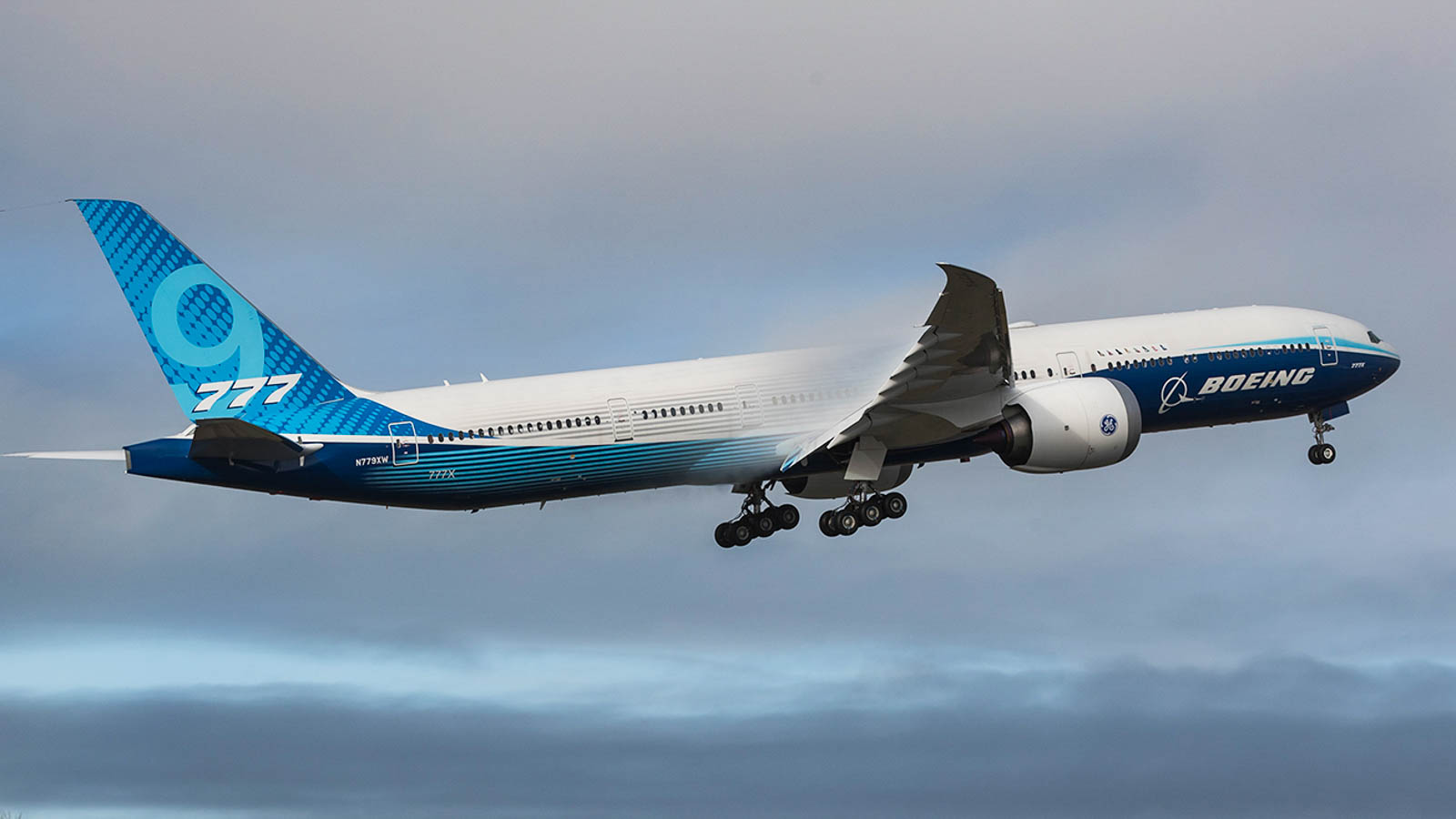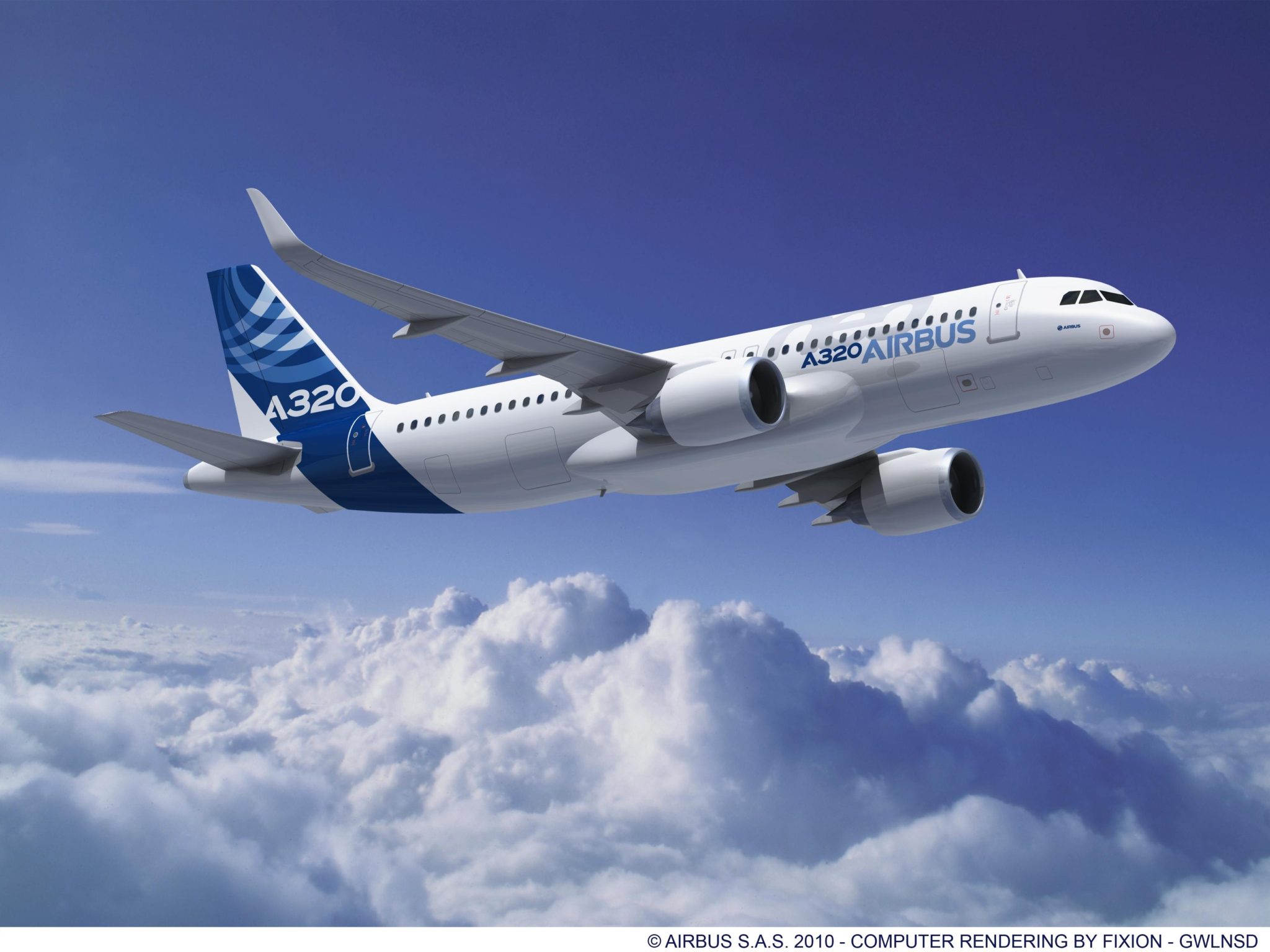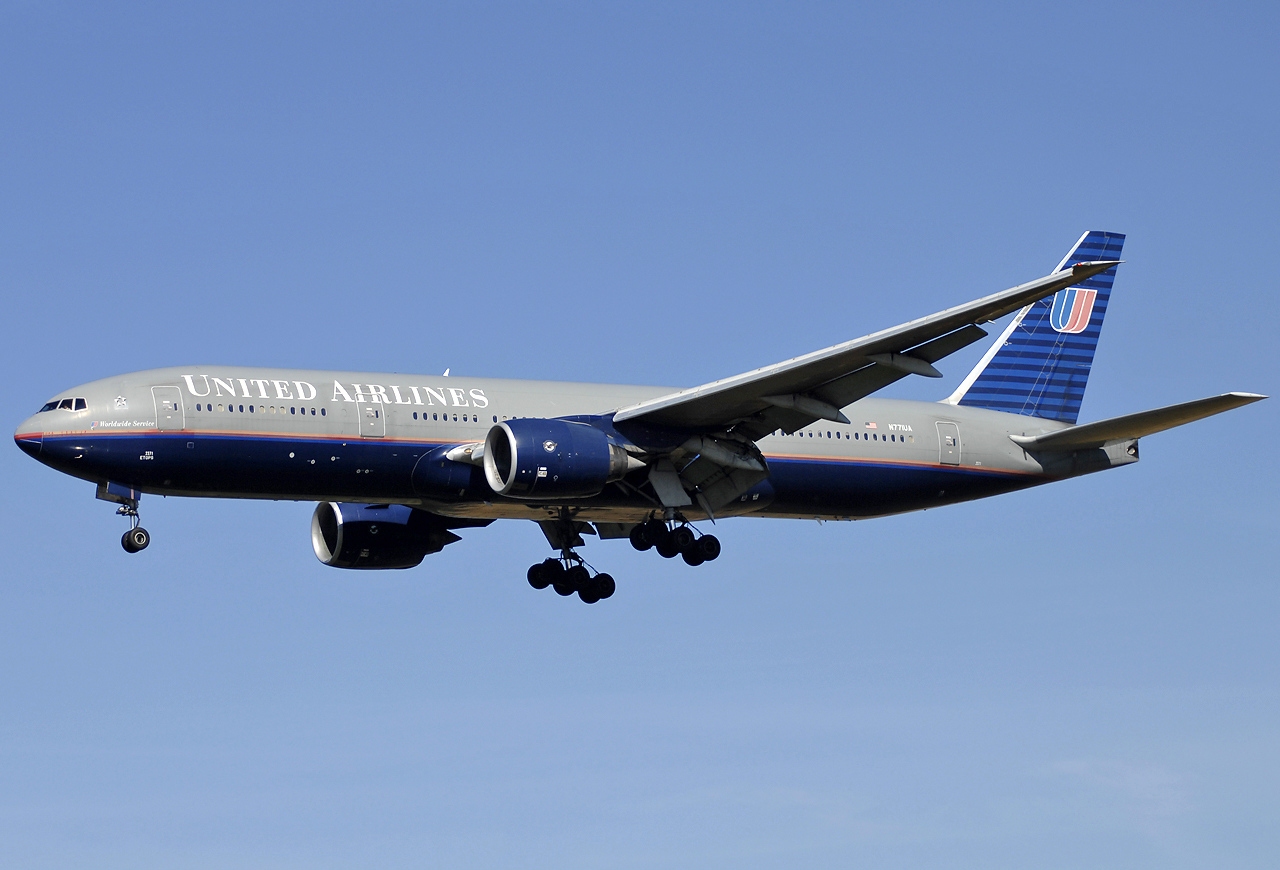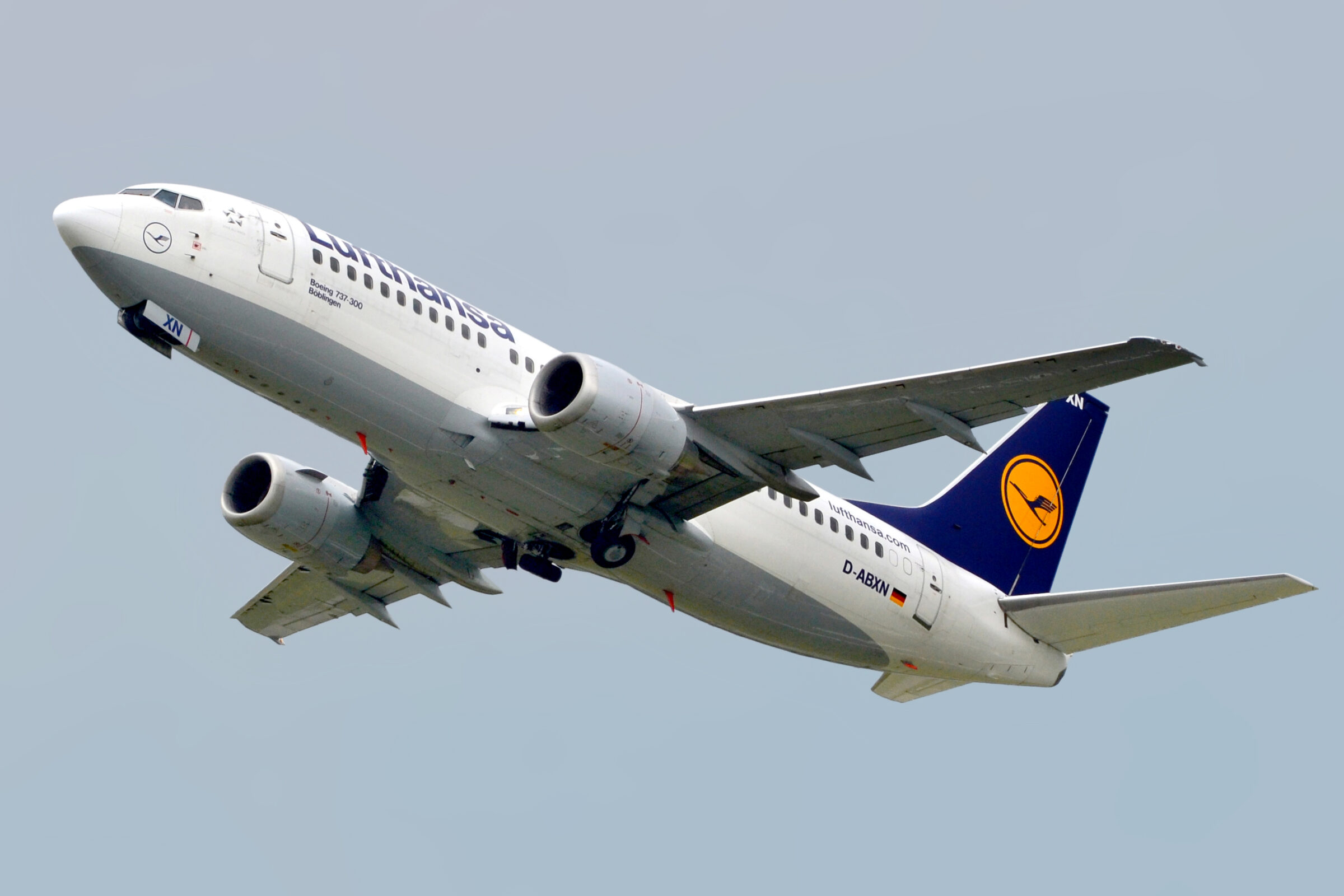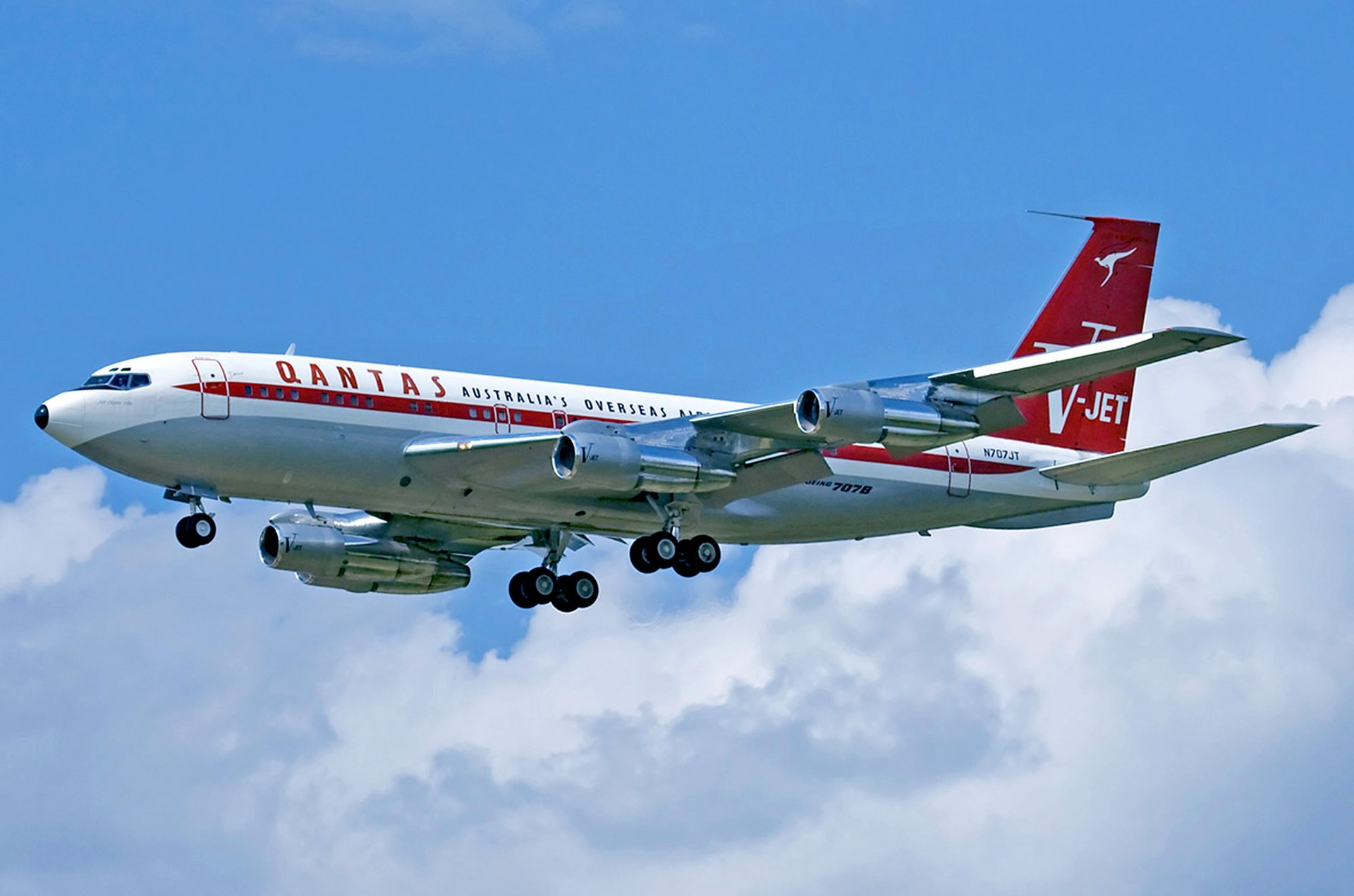Leeham News and Analysis
There's more to real news than a news release.
Pontifications: A lost decade for new airplanes
Subscription Required
Dec. 5, 2022, © Leeham News: In September 2020, LNA wrote that commercial aviation was facing a “lost decade.”
The impetus for this prediction was the COVID-19 pandemic crisis.
“Commercial aviation is facing a lost decade due to COVID,” we wrote. “Yes, most forecasts target 2024-2025 as returning to 2019 passenger traffic and aircraft production levels. However, LNA in July published its own analysis indicating full recovery may not occur until 2028.”
Nobody predicted that effective vaccines would emerge as quickly as they did. Drug makers in the US and Europe moved heaven and earth to produce vaccines to fight COVID-19. These have been, by and large, extremely effective. (I’ve had two shots and three boosters and have not caught COVID, despite being at one major conference with 13,000 people.)
China created its own vaccine, which failed to stem the tide there. President Xi quickly adopted total lockdowns at the first sign of outbreaks. Despite this, China is now setting records for new infections. Commercial aviation recovery there remains underperforming. China’s performance illustrates the underlying reasoning we had in concluding commercial aviation was facing a lost decade.
This sector still faces a lost decade, though for some fundamentally different reasons.
UPDATE: Calhoun upbeat on cash flow despite fifth consecutive quarterly loss
By Bryan Corliss
Oct. 26, 2022, (c) Leeham News: The Boeing Co. posted a loss from operations of nearly $2.8 billion for the third quarter, citing losses on fixed-price defense development programs that offset an overall 4% growth in revenues.
 The consensus of Wall Street analysts earlier this week was that Boeing would announce profits of 13 cents a share and would break a streak of four consecutive losing quarters. Instead, Boeing posted a loss of $5.49 a share.
The consensus of Wall Street analysts earlier this week was that Boeing would announce profits of 13 cents a share and would break a streak of four consecutive losing quarters. Instead, Boeing posted a loss of $5.49 a share.
However, in a conference call with stock analysts later in the morning, Calhoun was upbeat, emphasizing Boeing’s positive operating cash flow of nearly $3.2 billion for the quarter.
“This quarter was a big one for us,” he said. “We hit a marker … to generate positive cash flow.”
Boeing booked losses of roughly $1.95 billion on two defense programs, CFO Brian West said: KC-46 tankers and new Air Force One presidential transports. Both are fixed-price contracts for commercial jet conversions that forced Boeing to eat any cost overruns.
“We aren’t embarrassed by them,” Calhoun said. “They are what they are.”
But in an interview with CNBC’s Phillip LeBeau Wednesday, Calhoun said Boeing will not do fixed-price defense contracts in the future. “That is not our intent.”
Summary:
- BCA: 737 and 787 deliveries resume; engines in short supply
BDS: ‘Labor instability’ hurts key programs
Calhoun: Boeing ‘supports China’ but is re-marketing planes
Read more
Engine Development. Part 10. Next generation engines
Subscription Required
By Bjorn Fehrm
Introduction
October 20, 2022, © Leeham News: We finish our series about engine development by looking at the next-generation engines and future trends in airliner engine development.
We limit this look forward to engines that burn Jet fuel (Jet-A1 or SAF) as green propulsion solutions are a vast field and justify their own series. We will pick this up at a future date.
Summary
- The major reduction in fuel consumption and, thus, CO2 emissions will come from new engines.
- The technologies to drive fuel consumption down a further 15% are there.
Engine Development. Part 9. Gearbox or not?
Subscription Required
By Bjorn Fehrm
Introduction
October 13, 2022, © Leeham News: In our series, we look at the development of the latest single-aisle engines. Should these be geared? What do you gain and risk with a geared design? Is this a new development, or has it been around for a long time?
We examine the development of single-aisle engines since 2000, their fuel efficiency, and operational reliability.
Summary
- A geared design fixes some fundamental problems in a two-shaft turbofan.
- CFM proves you could just as well further develop what you have.
Engine Development. Part 8. Throttle push or not?
Subscription Required
By Bjorn Fehrm
Introduction
October 6, 2022, © Leeham News: The early years of 2000 saw new engine programs launched for the new Boeing 787 Dreamliner and Airbus response, the A350.
Substantial differences in the life of these aircraft programs made the engine programs develop differently. It was about throttle push or not.
Summary
- The Dreamliner engines changed as the 787 programs went through many stages.
- The Airbus A350 program was a standard program in comparison.
Engine Development. Part 7. Engine reliability changes the aircraft market
Subscription Required
By Bjorn Fehrm
Introduction
September 29, 2022, © Leeham News: The 1970s saw the introduction of the High Bypass engine for the medium/long range Boeing 747, Douglas DC-10, and Lockheed Tristar, with Airbus A300 employing an updated variant of the DC-10 engine for medium range missions.
In the following decades, these engines introduced improved technology and matured into new levels of reliability. With the increase in reliability came changes in how long-range aircraft were designed.
Summary
- The engine development after the introduction of the high bypass turbofans in the 1970s focused on reliability and higher efficiency rather than new design principles.
- The change in reliability made the two-engined long-range aircraft the winner over three and four-engine aircraft.
Engine Development. Part 6. High Bypass goes mainstream
Subscription Required
By Bjorn Fehrm
Introduction
September 22, 2022, © Leeham News: With the introduction of the High Bypass engine for the Boeing 747, Douglas DC-10, and Lockheed Tristar, it was obvious Pratt & Whitney’s low bypass engines on the Boeing 707, 727, 737, and Douglas DC-8, -9 should be attacked with a new High Bypass engine in this thrust class.
French Snecma and GE teamed up to break Pratt & Whitney’s monopoly of the jet engine market outside the widebodies. The CFM56 was born.
Summary
- With an exclusive fit on the Boeing 737 and a 10-year introduction advantage on the A320, the CFM56 has dominated over the competing IAE V2500.
- The CFM56 is the world’s most produced jet engine, with over 32,000 engines produced to date.
Pontifications: No engines, billions shy, devastating enviro analysis, Boom’s CEO still exudes optimism
Sept. 20, 2022, © Leeham News: Blake Scholl, the founder and CEO of Boom, the start-up company, continued to paint an optimistic picture about the Overture Supersonic Transport.
He told the US Chamber of Commerce Aerospace Summit last week that the Overture, a Mach 1.7 88-passenger aircraft concept, will revolutionize international air travel.
But Boom has big challenges ahead—not the least of which is that there is no engine manufacturer so far that has stepped up to provide an engine. The Big Three—GE Aviation, Pratt & Whitney, and Rolls-Royce—have either outright rejected participation or other priorities exist.
Plethora of Challenges
- Rolls says publicly it won’t pursue an engine for Boom. GE told LNA it’s not interested in developing an engine for Boom. P&W is focused on advances for its GTF, developing sustainable technology and military engines.
- The International Civil Aviation Organization (ICAO) in July issued a report on the environment that eviscerated SSTs and the SAF concept outlined for Boom. The report included analysis from the International Council on Clean Transportation (ICCT).
- Scholl claims a market demand for thousands of SSTs but Boom’s 2013 study by Boyd International forecast a market demand over the life of the program of 1,318 Overtures. Some thought this figure was generous.
- Boyd’s report also concludes Boom needs a Mach 2.2 airplane to be commercially viable. Scholl reduced the speed to 1.7. This means that in some cases, airline crews can’t do a round trip from the US to Europe without a relief crew, which upsets some of the economics.
- If Boom were a publicly traded company, all the orders would fall under the ASC 606 accounting rule that questions the viability of those orders.
- Scholl told AIN Online Boom needs $6bn to $8bn to come to market and so far, it has raised $600m.
- And we don’t get into the certification and regulatory hurdles. Among them: In his presentation to the Chamber, Scholl said there are 600 potential SST markets. He included some inland in the US, where there is a ban on SSTs flying over land.
Engine Development. Part 5. The Turbofans go High Bypass
Subscription Required
By Bjorn Fehrm
Introduction
September 15, 2022, © Leeham News: Last week, we looked at how Pratt & Whitney’s JT8D turbofan came to dominate short-haul airliners while the JT3D had the long-range market.
The introduction of the widebody jets in the 1970s with Boeing 747, Douglas DC-10, and Lockheed Tristar brought GE and Rolls-Royce into the market. It was the start of the high bypass turbofans.
Summary
- The military TF39 for Lockheed C-5 Galaxy military transport set the benchmark for the new generation of high bypass turbofans with its 8-to-1 bypass ratio.
- Pratt & Whitney, GE, and Rolls-Royce developed civil engines along the lines of the TF39 for the new generation widebodies.
Engine Development. Part 3. The early turbofans.
Subscription Required
By Bjorn Fehrm
Introduction
September 1, 2022, © Leeham News: Last week, we looked at the motivation to change from propeller engines to jet engines as higher cruising speeds were sought for airliners.
We learned the straight jet engine, while good for military jets, wasn’t well suited for civil airliners. It was noisy and fuel-thirsty. It was why the subsequent engine development, the turbofan, was quickly accepted by the airlines.
Summary
- The first turbofans from Rolls-Royce, Pratt & Whitney, and GE had different designs.
- The advantages of the turbofan over the straight jet were quickly recognized. The turbofan has been the choice for airliners since the late 1950s.



